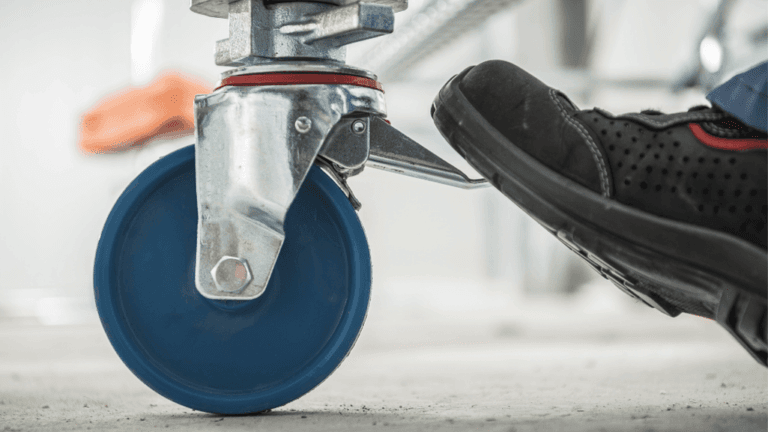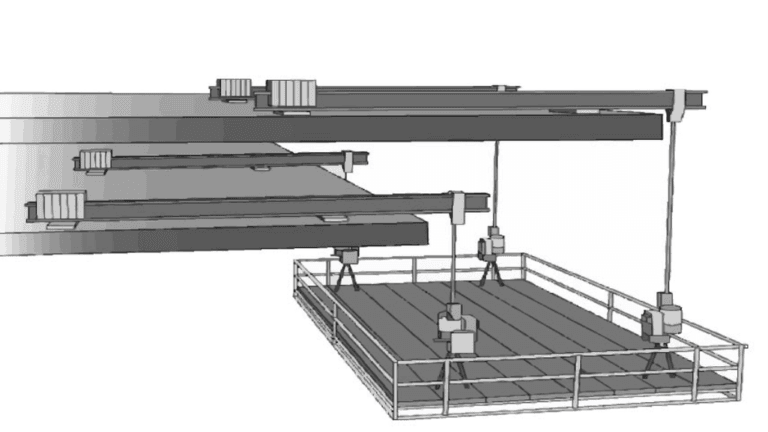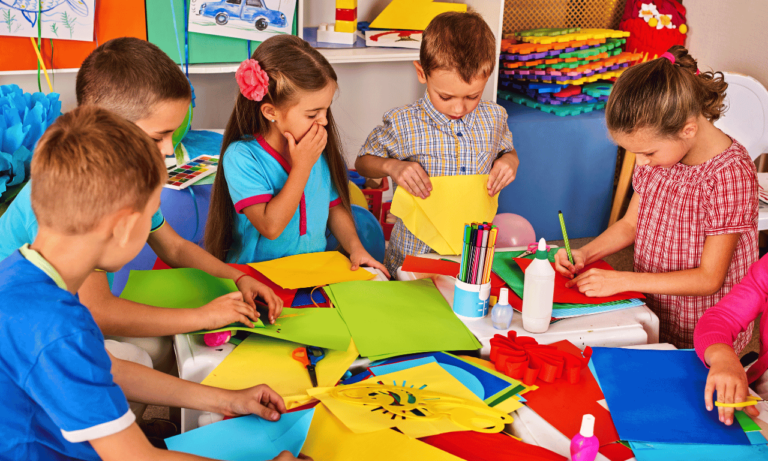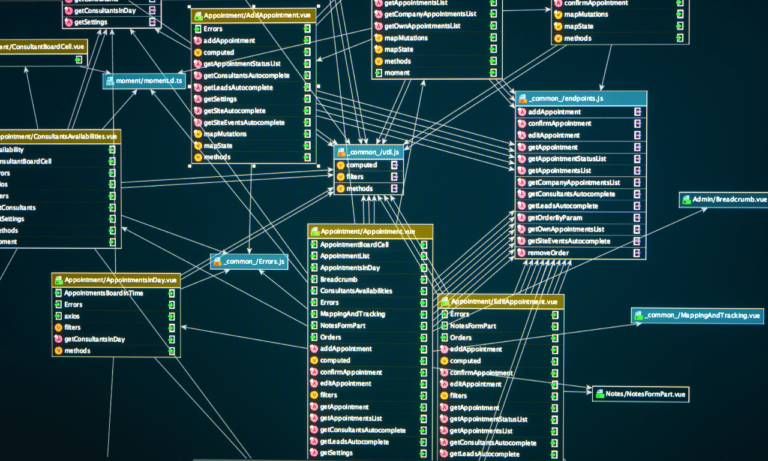Phone:
(+65)8319-0742
In an age where educational models are continually evolving, guided practice in learning environments emerges as a powerful strategy to enhance student comprehension and expertise. This methodical approach melds interactive learning techniques with learner-centered guidance, orchestrating a symphony of instructional excellence. It recognizes that practice, when effectively designed and coached, transforms the way students engage with and internalize new concepts. This harmonious blend of practice and cogitation entrenches knowledge and refines skills, thus preparing students to navigate the complexities of their educational pursuits and beyond.
By integrating instructional coaching into guided practice, educators serve not just as instructors but as architects of learning experiences that resonate with their pupils. These carefully curated experiences lay the groundwork for learners to evolve from grappling with basic concepts to becoming adept problem-solvers. Skillfully navigating the road from understanding to mastery requires a firm yet supportive hand â one that guides through challenges and celebrates milestones, creating an environment ripe for growth and lifelong learning.
Key Takeaways
- Guided practice enhances retention and expertise through focused and reflective rehearsal.
- Interactive learning techniques facilitate engagement and deep understanding of subject matter.
- Learner-centered guidance and instructional coaching tailor experiences to individual student needs.
- Designed practice activities with descriptive feedback contribute to scaffolded learning.
- Structured practice activities align with cognitive processes for long-term knowledge retention.
- Effective guided practice prepares students for autonomous problem-solving beyond the classroom.
The Impact of Structured Practice in Education
The concept of structured practice is foundational to the educational landscape, serving as the bedrock to student achievement and expertise. With careful design and implementation, structured practice can bridge the gap between temporary understanding and lasting knowledge.
Why Deliberate Practice is Key to Permanent Learning
Entwined with the need for educational support, deliberate practice empowers learners to connect theory with application. This form of practice is purposeful, requiring a high level of attention and effort, aiming to improve performance by continuously stretching a student’s capabilities. Scaffolded learning activities ensure this process is both manageable and effective, guiding learners through a series of incrementally challenging tasks.
Developing Automaticity through Repetition
Repetition, when done right, is far from mundaneâit’s transformative. The goal is to develop automaticity in students, wherein they can execute tasks with less cognitive strain, leaving room for advanced conceptual thinking. It’s crucial that educators incorporate student engagement strategies throughout practice sessions, turning potential monotony into a dynamic and interactive learning experience.
Enhancing Expertise in Subject Matter
To enhance expertise, structured practice must transcend basic recall and invite learners to engage deeply with the material. This involves not only knowledge repetition, but also its application in various contexts, which can advance a learner’s ability to think critically and creatively within a subject domain.
| Practice Type | Goals | Engagement Strategies |
|---|---|---|
| Drills | Mastery of fundamental skills | Real-time feedback, gamification |
| Applied Practice | Transfer of skills to new situations | Case studies, problem-solving tasks |
| Reflective Practice | Development of metacognitive skills | Peer reviews, journaling |
Guided Practice in Learning Environments

Within the education sector, the shift towards facilitated learning experiences has been evident, with a focus pivoting from traditional modes of instruction to more dynamic and interactive learning techniques. The incorporation of instructional coaching into the classroom is an essential aspect of this transformation, laying the groundwork for fostering greater student comprehension and retention.
The essence of guided practice is to enhance student proficiency through meticulously structured activities. These endeavors aim to improve critical thinking and problem-solving capabilities by presenting challenges that are within the learner’s zone of proximal development. This encourages the natural integration of new skills into their existing knowledge base, supported by strategic student engagement strategies.
- Integrating Realistic Practice Problems: By presenting realistic scenarios, learners can contextualize theoretical knowledge, thus linking learning with practical application.
- Timely Descriptive Feedback: Real-time responses to student efforts significantly contribute to the learning curve, emphasizing areas of strength and pinpointing opportunities for improvement.
- Modeling and Scaffolding: These instructional strategies lay the foundation for complex thought processes, guiding students through successive stages of understanding and skill acquisition.
At its core, guided practice is about creating an educational environment where feedback loops and interactive components are not just supplemental but fundamental to the learning process. Instructors serve as catalysts for growth, employing instructional coaching to elevate a student’s journey from knowledge accumulation to skillful application.
| Strategy | Description | Benefits |
|---|---|---|
| Facilitated Discussions | Instructor-led conversations that probe deeper understanding. | Stimulates critical thinking and articulation of ideas. |
| Interactive Demonstrations | Live examples that showcase practical application of concepts. | Connects theory with real-world utility. |
| Peer-to-Peer Coaching | Collaborative learning where students instruct one another. | Promotes teamwork and reinforces concepts through teaching. |
| Problem-Based Learning | Tasks that require the application of knowledge to novel situations. | Improves adaptability and innovative problem-solving skills. |
In conclusion, guided practice is a robust approach to learning that fosters substantial growth in students. Through targeted student engagement strategies and deliberate instructional coaching, learners become adept at navigating complex challenges, equipped with the dexterity to apply their knowledge in diverse contexts.
Effective Feedback: The Cornerstone of Guided Practice

At the heart of every effective learning process is the ability to provide educational support through rich, descriptive feedback and instructional coaching. This dual approach not only influences the success and motivation of learners but ensures that knowledge is comprehensively absorbed and applied.
Descriptive feedback is invaluable because it moves beyond cursory comments to furnish students with a clear understanding of what is expected, how they are progressing, and the specific steps needed to improve. It allows educators to walk through the assignment with students, pointing out strengths and identifying opportunities for growth.
- Pinpoints precise strengths and weaknesses
- Guides students towards self-improvement paths
- Encourages active learning and critical thinking
Instructional coaching goes hand-in-hand with descriptive feedback. It is less about instruction and more about guiding the learner to self-discovery, honing their problem-solving skills, and fostering an environment where they can practice these skills confidently.
- Develop a collaborative relationship with students
- Empower students with personalized strategies
- Build confidence through gradual success
The implementation of these practices can be seen in classrooms where instructors provide assorted forms of support, tailored to cater to each student’s unique learning needs. The structure that follows showcases how to combine elements of descriptive feedback with instructional coaching for a robust educational support system.
| Feedback Type | Characteristics | Instructional Coaching Method | Outcome for Learner |
|---|---|---|---|
| Formative | Constructive suggestions during the learning process | Observational and Questioning Techniques | Increased understanding and refinement of skills |
| Summative | Overall evaluation at the end of an instructional unit | Performance Analysis and Review | Insight into performance and areas of improvement |
| Process | Focuses on the student’s learning strategies | Metacognitive Coaching | Enhanced problem-solving and analytical skills |
| Peer | Learner-Learner feedback for mutual benefit | Facilitation of Peer Review Sessions | Development of critical thinking and self-assessment |
The ultimate goal of integrating descriptive feedback within instructional coaching is to create self-sufficient, motivated learners. When students perceive feedback as a tool rather than criticism, they are more likely to embrace challenges and persist through difficulties, embodying the true spirit of a proactive learning process supported by educational guidance.
Strategies for Implementing Guided Practice in the Classroom
Incorporating guided practice in learning environments requires a thoughtful approach to instructional design, ensuring activities resonate with students’ abilities and prior knowledge. A successful application is not just about assigning tasks; itâs about creating a bridge between what is known and what can be discovered through practice. This strategy does more than reinforce existing knowledge; it opens the door for students to confidently explore new territories of understanding.
Customizing Practice to Meet Student Knowledge
Customization is key when tailoring scaffolded learning activities to meet students where they are. By assessing students’ pre-existing knowledge, educators can design practice sessions that provide the right challenge level for each individual. Pacing the practice to match student readiness ensures that learners experience success, thereby enhancing motivation and facilitating deeper understanding of the material.
Scaffolding Learning with Incremental Difficulty
In scaffolding learning, the step-by-step progression through increasingly challenging tasks helps learners build a comprehensive conceptual framework. Beginning with basic concepts, educators can incrementally introduce more complex elements, guiding students through the learning process with strategic support. This methodical increase in difficulty is at the heart of fostering a resilient and adaptive approach to problem-solving.
Maximizing Retention Through Multimodal Instruction
Retaining information in the long term is greatly supported by multimodal instruction. When students encounter new information through different modalities â visual, auditory, and kinesthetic â they are more likely to form lasting connections. Integrating various teaching methods not only accommodates different learning styles but also works to combat the constraints of memory, ensuring that each student can access and apply their knowledge effectively.
FAQ
What is Guided Practice Learning and how does it benefit students?
Guided Practice Learning is a pedagogical method that involves targeted practice paired with reflection on problem-solving processes. It benefits students by reinforcing retention, fostering the development of skills, and facilitating the transfer of knowledge to new and complex problems. This interactive learning technique employs learner-centered guidance and instructional coaching to help students achieve mastery in specific subjects.
Why is structured and deliberate practice important in educational settings?
Structured and deliberate practice is vital because it supports the embedding of new knowledge, enhances skill automaticity, and contributes to the development of expertise. This approach ensures educational support through scaffolded learning activities, which are crucial in helping students assimilate information deeply and facilitate long-term memory retention.
How does repetition contribute to developing automaticity in learning?
Repetitive practice is essential for achieving automaticity, which is the ability to perform tasks effortlessly. This automaticity frees cognitive resources so that students can focus on more advanced challenges. Through deliberate and repeated practice, students become more proficient, enabling them to engage with material at a higher level.
What role does feedback play in the process of guided practice?
Feedback is a cornerstone of guided practice, offering students detailed insights into their performance and providing concrete suggestions for improvement. Descriptive feedback helps students reflect on their strategies and acknowledge growth, enhancing motivation and supporting instructional coaching efforts in building learner proficiency.
How can educators effectively implement guided practice in the classroom?
Educators can implement effective guided practice by customizing activities to align with students’ pre-existing knowledge, scaffolding learning with incremental difficulty, and using multimodal instruction to enhance retention. These strategies create facilitated learning experiences that promote interactive learning techniques and high student engagement.
What does it mean to scaffold learning and why is it significant?
Scaffolding learning means breaking complex tasks into more manageable parts, then gradually combining them to build comprehensive understanding and skills. This incremental difficulty approach helps students master foundational elements before progressing to more challenging aspects. Scaffolding is significant as it supports educational success by aligning with a student’s pace of learning and ensuring a solid grasp of the material.
What are multimodal instruction strategies, and how do they help in guided practice?
Multimodal instruction involves presenting information through multiple sensory channels, such as visual, auditory, and kinesthetic. These strategies help students to form stronger memory associations and appeal to diverse learning preferences, thereby improving retention and engagement during guided practice in learning environments.






















